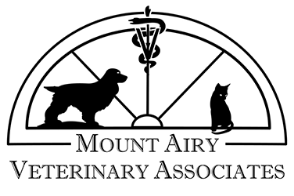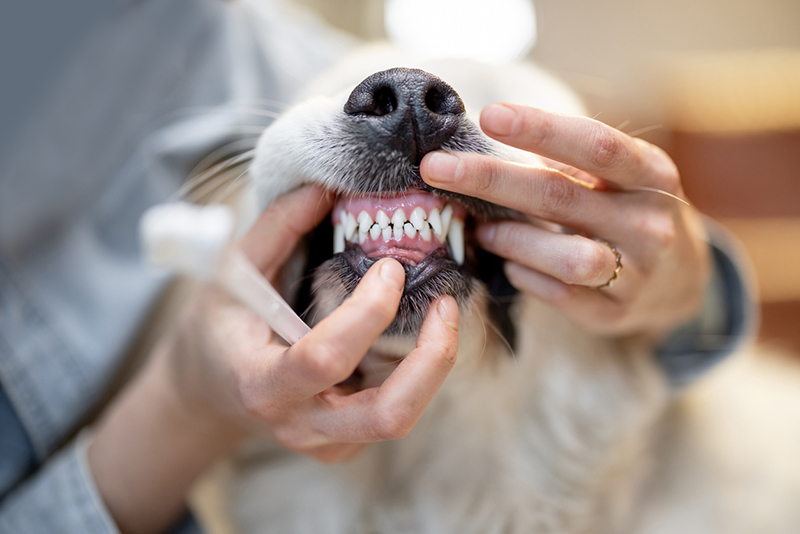Your Pet’s Dental Health is Key to Their Comfort
With an emphasis on pet dental hygiene and long-term care, Mount Airy Veterinary Associates can help you formulate an at-home dental care plan that keeps your pet’s mouth clean and comfortable and gives them the professional care they need, when they need it. With dental issues like periodontal disease being incredibly common in cats and dogs, tooth resorption becoming an issue for many cats, and overgrown incisors affecting rodents, our team can ensure proper treatment and, ultimately, your pet’s comfort.

